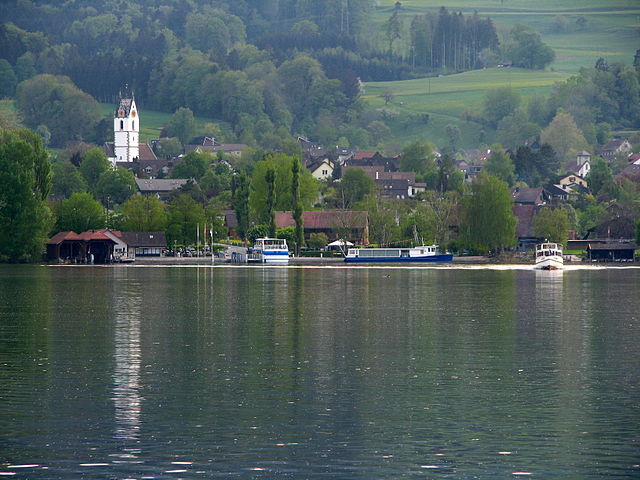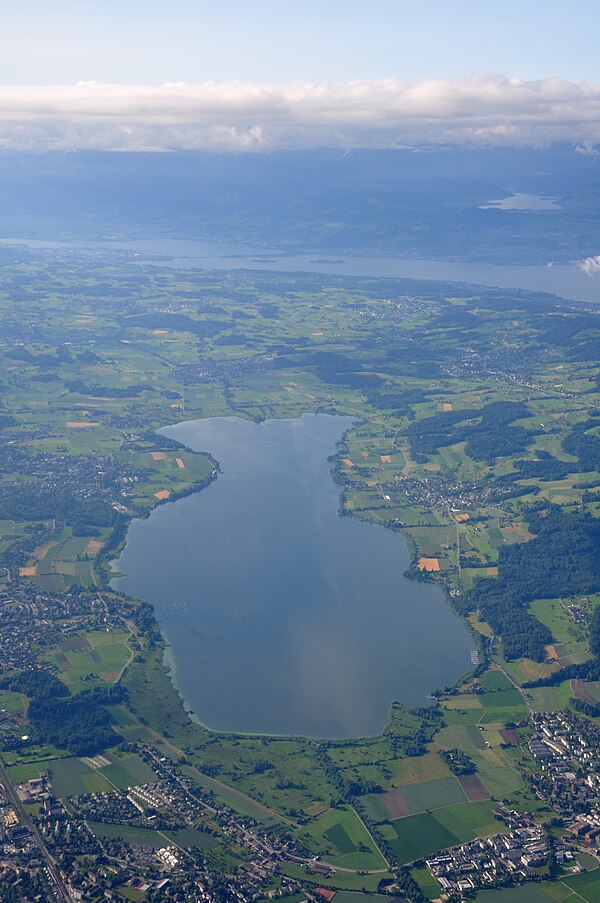Top Qs
Timeline
Chat
Perspective
Greifensee (lake)
Lake in Switzerland From Wikipedia, the free encyclopedia
Remove ads
Greifensee (Swiss Standard German pronunciation: [ˈɡraɪfn̩ˌseː]) is a natural lake in the canton of Zürich in Switzerland.
Remove ads
Geography


Greifensee is located 11 km (6.8 mi) to the east of the city of Zürich, separated by the Pfannenstiel from Lake Zurich. As the second largest lake in the canton of Zürich (Lake Zurich being the largest), it is about 6 km (3.7 mi) long and 1.6 km (0.99 mi) at the widest point, with a maximum depth of 32 m (105 ft). The Aabach (Greifensee) (or just Aa) is the main supplying river, while its outlet is the Glatt. On its southeastern end the Mönchaltorfer Aa (or just Aa) enters the Greifensee.
Remove ads
Nature
The lakeside is under UNESCO protection, and buildings are not allowed, resulting in reed bed and a rich fauna and flora: Around 400 plant species in the lake and 19 species in its tributaries. The nature reserves are important for the birds breeding there including more than 120 migratory species.
Cultural heritage
The lake was known as Glattsee (after the Glatt) in the medieval times[1] Greifensee (Grifense) was at first the name of the fort built by the counts of Rapperswil in the 12th century, recorded as the name of the bailiwick in 1260.[2] This was adopted as the name of the lake by the 16th century.[3]
Located on the banks, the Prehistoric pile dwelling settlement Greifensee–Storen–Wildsberg is part of the 56 Swiss sites of the UNESCO World Heritage Site Prehistoric pile dwellings around the Alps,[4] and the settlement is also listed in the Swiss inventory of cultural property of national and regional significance as a Class object.[5] Because the lake has grown in size over time, the original piles are now around 4 metres (13 ft) to 7 metres (23 ft) under the water level of 406 metres (1,332 ft).
See also
References
External links
Wikiwand - on
Seamless Wikipedia browsing. On steroids.
Remove ads






